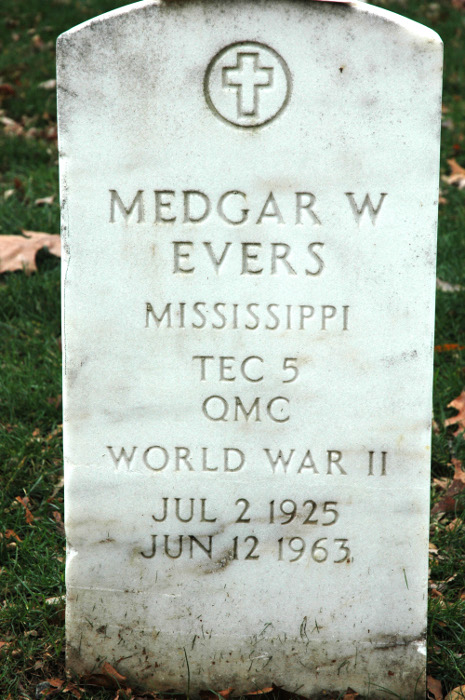Among the Tombstones

Cemeteries are all around us. They are in cities and towns and out in the country. We have all been to at least one at some time during our lives (and most of us will assuredly be visiting one again at some point, most likely for a very long time). They are shown on many maps as one of the primary geographic features in a locality. Cemeteries are important, even sacred, places in our culture, and in most other cultures of the world. They are where we say goodbye to our loved ones on earth, and they mean many different things to many different people.
I happen to live right across the street from a cemetery, the Springville Cemetery right outside Boiling Springs. It is an old cemetery, which dates back to when my church, Otterbein United Methodist, occupied land adjacent to the burial ground in the nineteenth century. Springville Cemetery does not have a lot of famous individuals buried in it, but its inhabitants were well-known and respected in their time in this area. Today, there are still one or two burials a year in Springville, and besides those times, there are very few people who visit the cemetery. But it is a special place, and an honored place, for our community and for me personally. Every time I walk near or through the cemetery, it reminds me of all the lives represented by its stones, lives which had, and still have, a large impact on my community. I knew some of the people buried in Springville Cemetery, but most of the people are unknown to me. However, every life was important to his or her’s family and friends and other acquaintances, and it is good that the names are chiseled into stone in the cemetery. These names will stand the test of time and speak to all future generations that here was a man, a woman, or a child who should not be forgotten and whose life should be commemorated.
Springville Cemetery will always hold a special place in my heart. But every cemetery I have ever been to has been special to me in a unique way. I have been to cemeteries in Russia, where I have seen the graves of men like Tchaikovsky and Khrushchev. Many cemeteries in Russia contain gravestones which include portrait images of the person buried below. And it is in Russia where I saw one dead person who has a tomb but is not buried nor cremated; he is actually on display for all to see for eternity. Of course, that was Lenin, whose tomb on Red Square is still an important landmark, even though relatively few people visit his recumbent body today, compared with the extremely long lines that formed in Soviet days waiting to get inside the tomb.
I have also been to cemeteries in Egypt. In Cairo, poor people lived among the tombs. The line between the living and the dead was not so stark there. In Israel, there were very old cemeteries. Some of the more notable graves I saw in that country were of the prophet Samuel and Oskar Schindler. At Schindler’s grave, I of course placed a small stone on top of it, among all the other stones placed there by previous visitors . Also in Jerusalem, I saw the grave of Jesus–twice. One tradition holds that his grave is now in the the Church of the Holy Sepulchre and another tradition holds that his grave is at the site of the Garden Tomb. Both traditions have valid points, but in either case, the grave is now empty. This is the only grave, I believe, like that in the world—one of the salient points of my faith.
Of course, fascinating burial sites are not just overseas. Indeed, America has myriad interesting graveyards. My personal belief is that every cemetery in America is important. That being said, Arlington National Cemetery holds a very prominent place in my heart—and in the hearts of many, many others. Who can walk away from Arlington without a powerful sense of the immense sacrifice of so many brave men and women throughout our country’s history? One of the graves I always try to visit when I go to Arlington is that of Medgar Evers. His is a simple stone, like all the others around his. However, what stories lie behind that simple stone! He served his country in the Second World War, fighting at Normandy. Then he came home and tried to effect change in his native land, fighting once again for freedom, and he was killed in the effort. He is a hero to me and to many others throughout the world. However, he is only one of hundreds of thousands of heroes in that sacred space. I never leave Arlington without feeling an overwhelming sense of awe at what every single hero at rest in that soil did for his or her country.
Cemeteries are special and sacred places. Whenever I go to a new place, one of my first stops is usually a cemetery (or two). It kind of sounds macabre and morbid, but I like to spend time among the tombstones. I am able to enjoy the peace and quiet found in such places, but more importantly, I am able to remember and commemorate all those who are no longer with us. For historians and those who are in the “business of memory,” there is often no better place to be.
Robert Schwartz, Archives and Library Research Specialist
